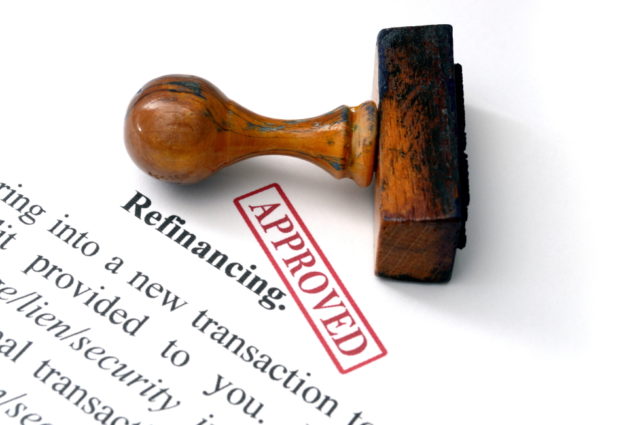
If this is the first time you’ve thought about refinancing a car, you might be surprised to learn a car loan, like a mortgage, can be refinanced. You might also be about to save yourself a lot of money.
After all, some of the results you can achieve include lowering your monthly payments, reducing the amount of interest you’ll pay and potentially shortening the term of your loan.
However, to get this approach to work in your favor you have to be careful to avoid these typical auto loans refinance mistakes.
Failing to Review Your Credit Report
An improvement in your credit history can be your strongest ally when it comes to profiting from an auto loan refinance. With that said, refinancing a car with bad credit is potentially beneficial too. However, you’ll derive even more benefit from doing so if your rating has improved since you got the original loan.
In reviewing your credit report, you might find errors that are dragging your score down. Repairing them could help you qualify for a more affordable loan. Alternatively, if you’ve had the current loan for a year or so and managed it responsibly, the resulting uptick in your score could help you qualify for a more affordable loan as well.
Missing the Optimal Window
While the exact right time to refinance a car loan varies, the wrong time to do so is when you’ve already paid most of the interest on the loan. Most auto loans are of the amortizing variety, which means the bulk of the interest is paid upfront.
As a result, a refi makes more sense in the first few years you have the loan. The key thing to consider is how much less interest you’ll pay with the refinanced loan. You have to make sure the refinanced loan will save you money — rather than cost you money — when its interest is added to what you’ve already paid.
Extending the Term of the Loan
In your zeal to achieve a lower monthly payment, you might be tempted to go for a longer loan term than the one you’re replacing. This, in practically every circumstance, is a mistake.
Yes, you can get a lower monthly payment with a longer-term. However, you’ll also pay more in interest. So while the payment on that 84-month loan is tantalizingly low, the overall cost of that loan will be considerably higher. Need proof? Plug your numbers into a good loan calculator, like the one at RoadLoans, and see for yourself.
Another problem with longer-termed loans is they almost always result in what’s known as an upside-down situation. This is when you owe more on the car’s loan than the vehicle’s fair market value. Depreciation takes its toll over time. When you’re considering a deal, you have to make sure your car will always be worth more than the outstanding balance of the proposed loan.
Overlooking Fees and Hidden Costs
Always ask about pre-payment penalties, origination fees and any other ancillary charges a lender might impose for refinancing the loan. These can sometimes add up to overwhelm any advantage you might have achieved.
Avoiding these typical auto refinance mistakes will help you derive the greatest benefit from exchanging your existing car loan for a new one.
Your overriding goal should be to derive the most significant financial benefit possible. Keeping these factors in mind as you consider offers will help you determine whether or not refinancing is worthwhile for you.












